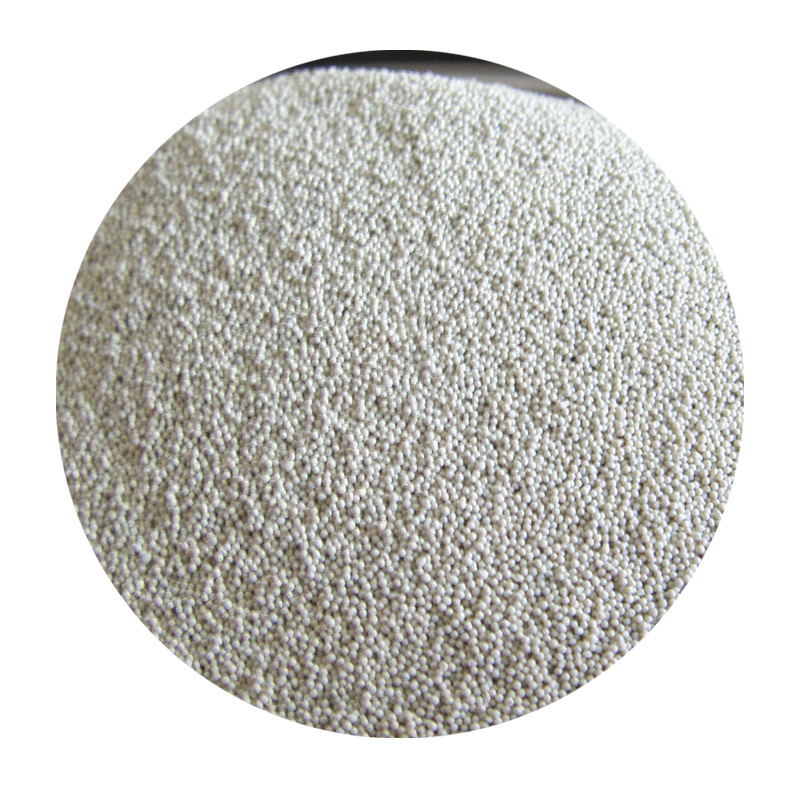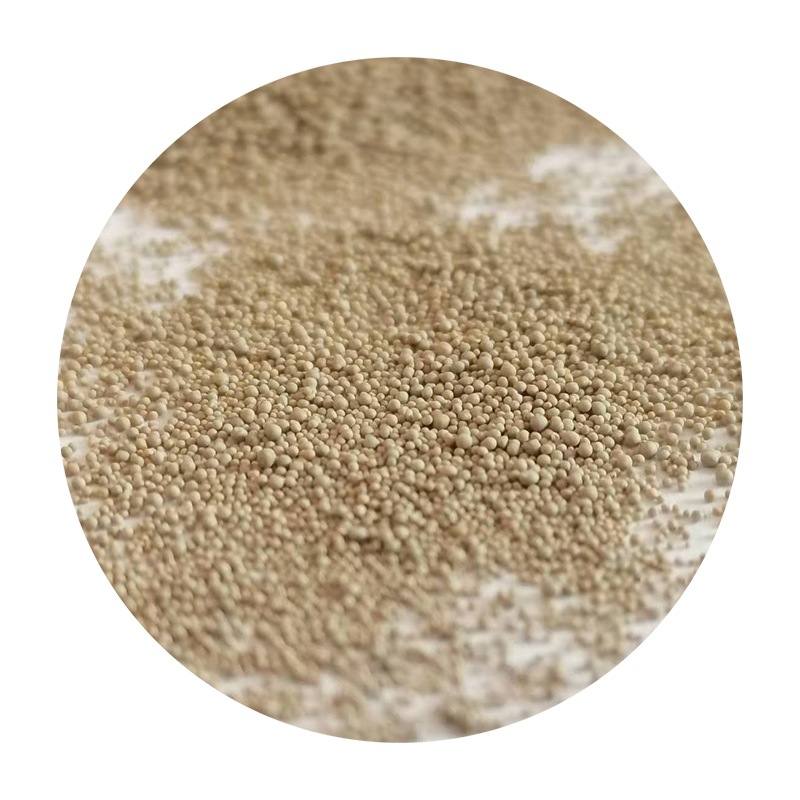

The trustworthiness of 3D printed sand casting technology is continually reinforced through rigorous testing and industry certification. Leading manufacturers conduct extensive trials to ensure that the printed molds meet all safety and performance standards. Additionally, partnerships with reputable 3D printer manufacturers and material suppliers facilitate continuous improvement in the technology, leading to even more refined casting processes in terms of efficiency and finished product quality. Moreover, the application of 3D printed sand casting in product development accelerates innovation. Designers can quickly iterate prototypes without the constraint of traditional mold making, allowing for greater creativity and experimentation. This freedom not only shortens the development cycle but also fosters an environment where novel designs can be tested and implemented rapidly, paving the way for new market opportunities. In conclusion, 3D printed sand casting offers a compelling blend of tradition and innovation, propelling manufacturing into a new era of precision, efficiency, and flexibility. My extensive experience in this field confirms that embracing this technology is not merely advantageous but essential for industries aiming to maintain a competitive edge in an increasingly demanding market. As businesses continue to realize the full potential of 3D printed sand casting, its adoption will likely become a standard across numerous sectors, further cementing its status as a key production methodology. Post time:កុម្ភៈ . 08, 2025 05:32
Next:3d printer sand casting
